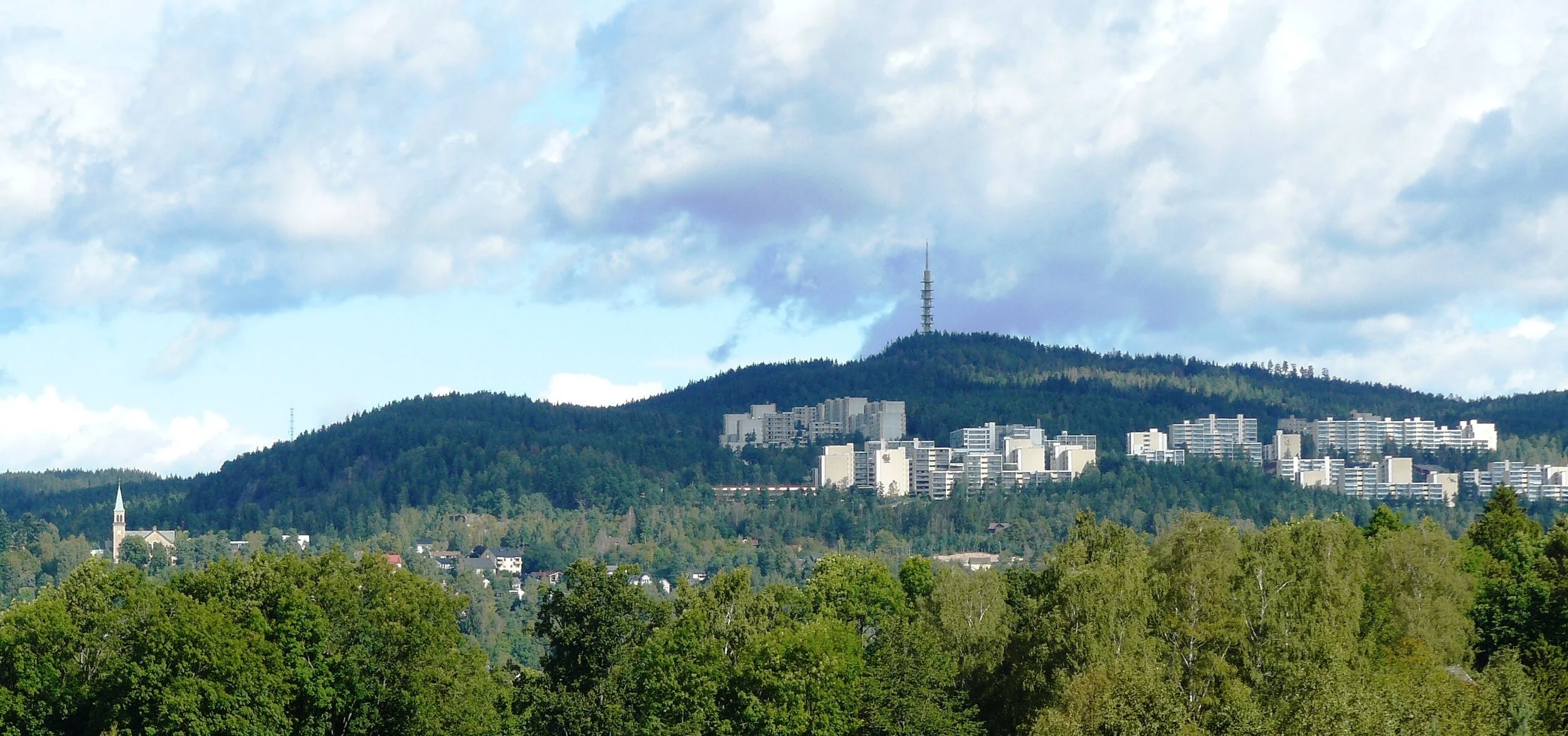Groruddalssatsingen
The Groruddalen Initiative is a large-scale, comprehensive urban development program designed to improve living conditions, enhance the residential environment, and upgrade physical surroundings in Groruddalen, a diverse and densely populated district in Oslo. I contributed both as a project leader and designer across three key neighborhood revitalization projects
Background of the initiative
The Groruddalen Initiative is a large-scale collaboration between the Norwegian Government and the City of Oslo, aimed at improving living conditions and the urban environment in the Groruddalen area. The initiative brings together 17 national agencies and 18 municipal bodies. The Ministry of the Environment coordinates the national efforts, while the Planning Office for Groruddalen (part of the City Government's Department for Urban Development) manages coordination between the national and municipal levels, as well as within the city's administration.
Between 2007 and 2016, more than 1 billion NOK (at least 100 million NOK per year) was invested in projects designed to enhance quality of life for Groruddalen’s residents. The overarching goals of the initiative are to achieve visible environmental improvements, foster a sense of pride and identity among residents, and ultimately improve living conditions across the region. The initiative has involved a wide range of participants, including local residents, organizations, housing cooperatives, businesses, public institutions, and district administrations.
The efforts of the Groruddalen Initiative were divided into four key program areas. The project I led was part of Program Area 3: Housing, Urban, and Neighborhood Development, managed by the Ministry of Local Government and Regional Development and the City of Oslo's Department for Urban Development.
Neighborhood revitalization
Neighborhood revitalization is a holistic and interdisciplinary approach aimed at reversing or preventing negative developments in vulnerable areas by enhancing the quality of the local environment. It focuses on factors that determine whether a place is a good and safe community to live and grow up in. These factors are divided into:
Physical elements: parks, green spaces, play areas, shared community spaces, commercial services, and physical safety.
Social elements: community activities, public services, volunteer engagement, trust, and well-being often referred to as the social fabric or "glue" that holds a community together.
The local environment includes both physical and social aspects, and neighborhood revitalization focuses on strengthening the connections between people, as well as between residents and their surroundings. The aim is to foster relationships and networks that bring people together, create diverse and supportive communities, and contribute to a more active and inclusive local society.
My role as a designer and project leader
From 2009 to 2012, I had the opportunity to work on the Groruddalen Initiative both as a consultant and as an employee. During this time, I was involved in key projects such as Verdensparken as part of the revitalization of Furuset in the Alna district, as well as neighborhood revitalization efforts in Romsås and Ammerud in the Grorud district.
These projects aimed to create vibrant, safe, and inclusive neighborhoods, where physical improvements and social initiatives combined to build a stronger community identity and improve overall living conditions for residents.
Verdensparken
This project is part of the Groruddalen Initiative, with a focus on strengthening the local community in Furuset, which is characterized by a diverse population. Verdensparken is a key aspect of the neighborhood improvement, with the goal of creating a green, inclusive urban space that serves as a meeting place for residents of all ages and backgrounds. The project also aimed to improve access to green spaces, enhance safety in the area, and encourage social activities and recreation. Through the upgrade of The World Park, an attractive outdoor environment has been created, offering more opportunities for activities and fostering a stronger local identity.
Purpose and goals
Create a family-friendly park that combined recreation and activities for all ages.
Improve the local environment and upgrade physical surroundings.
Strengthen social inclusion and community ties among residents.
Increase the use of green spaces and public meeting places in the district.´
My role
As a consultant, I was responsible for leading community involvement during the analysis phase, developing the park's framework concept, and proposing ideas for key park elements. Landscape architects Bjørbekk and Lindheim designed park features inspired by all five continents.
Case
The task was to conduct a feasibility study to guide the development of Verdensparken. This included collaborating with various stakeholders such as property owners, users, and public authorities. The project informed the district's action plans and future growth.
The feasibility study secured NOK 2 million in funding from the Directorate for Nature Management and Husbanken for further park development.








Kultur i ring
Background
As part of the broader Groruddalen Initiative, the innovative park Concept was developed to promote community and cultural participation in the district of Romsås. Romsås is known for its rich diversity, and there was a clear need to create open, inclusive gathering spaces where both new and established residents could share their cultures and experiences. This led to the pre-project Culture in the Ring, where the park concept played a central role in activating the district's green spaces as cultural meeting points.
Purpose and goals
The primary goal was to develop meeting places that could help raise both the well-being and reputation of Romsås. This was to be achieved by improving existing grey zones and developing new areas tailored to residents' needs, with a focus on safety, accessibility, and visual appeal. The initial study carried out in 2010 identified the need for upgraded outdoor areas that could accommodate both physical activity and social interaction.
Process and participation
Participation was used as a key strategy to involve the local community, and a number of processes were carried out to identify needs. Among these were "The Future Factory" and "Noddles’ Garden," where both adults and children actively engaged in brainstorming and shaping solutions. Participants provided concrete desires and requirements for meeting places, which were compiled and used to develop the project’s concepts.
Concept development
Through the concept development phase, four main ideas were developed:
Transformation of Grey Zones: Transform unused or rundown areas into attractive meeting places.
Romsås Gardens: Improve outdoor areas at kindergartens to create safe, attractive green oases.
Sneak Peak: Develop viewpoints and resting spots that enhance Romsås' unique landscape and identity.
A Forest Full of Possibilities: Create unique meeting places in the existing forest to attract both active and passive users.
Noodles Hage - participatory process
For the Groruddalen Initiative, particularly in the development of outdoor spaces for kindergartens in Romsås, a participatory process was initiated involving children aged 3-5 from Ravnkollen Kindergarten, Lilleslottet Kindergarten, and Romsås Senter Kindergarten. A specially designed workshop was created, focusing on play as a tool for gathering children’s ideas, wishes, and input for the outdoor spaces. Play is a natural part of children's lives, providing motivation and interest, while allowing the activities to tap into their imagination. The goal of the workshop was to engage children in exciting and stimulating ways, ultimately resulting in concrete suggestions for improving the outdoor areas.
By actively involving the children in shaping their environment, the process not only ensured that the designs would resonate with the end users but also empowered the children by giving them a voice in decisions affecting their daily lives.
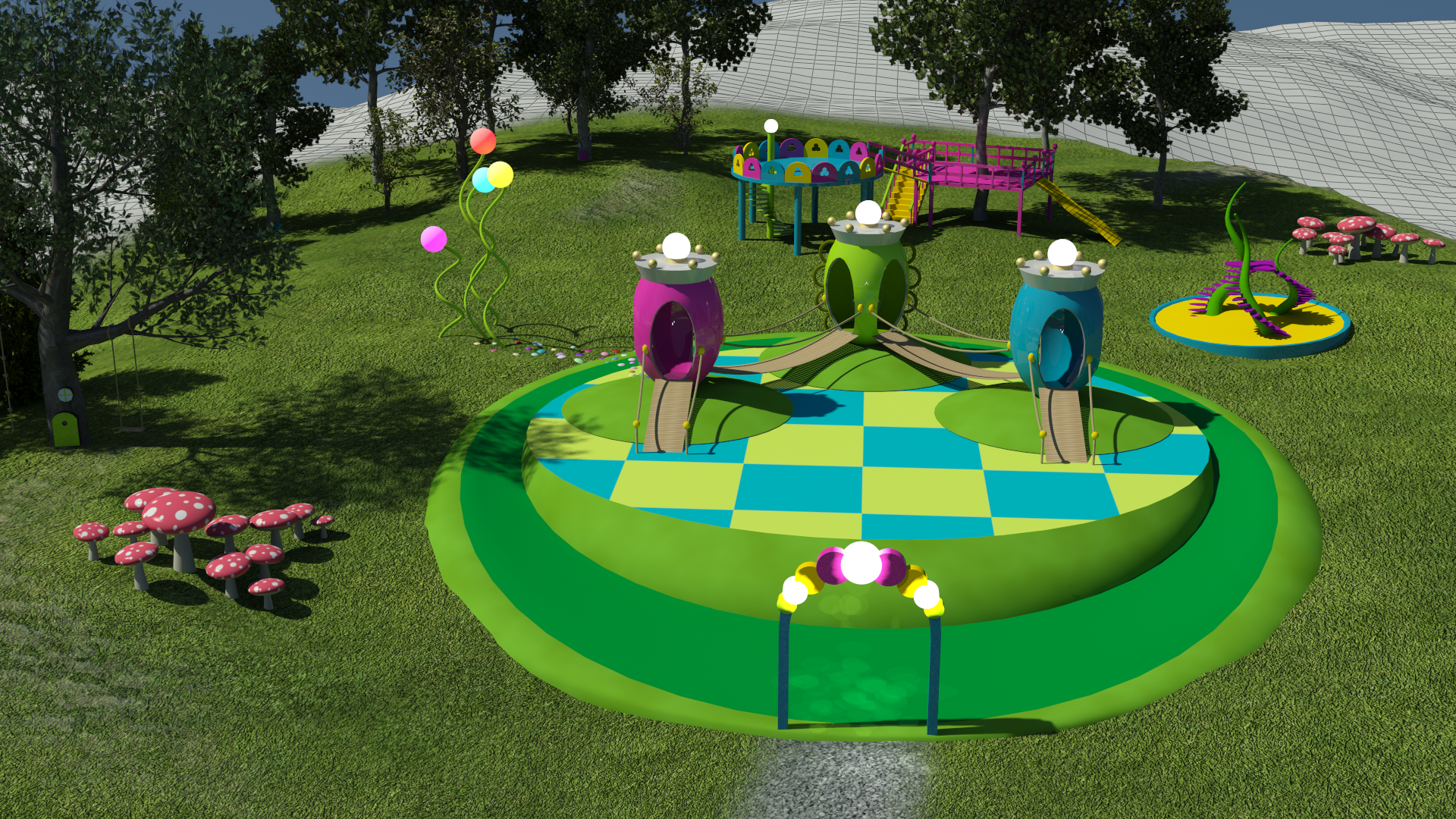

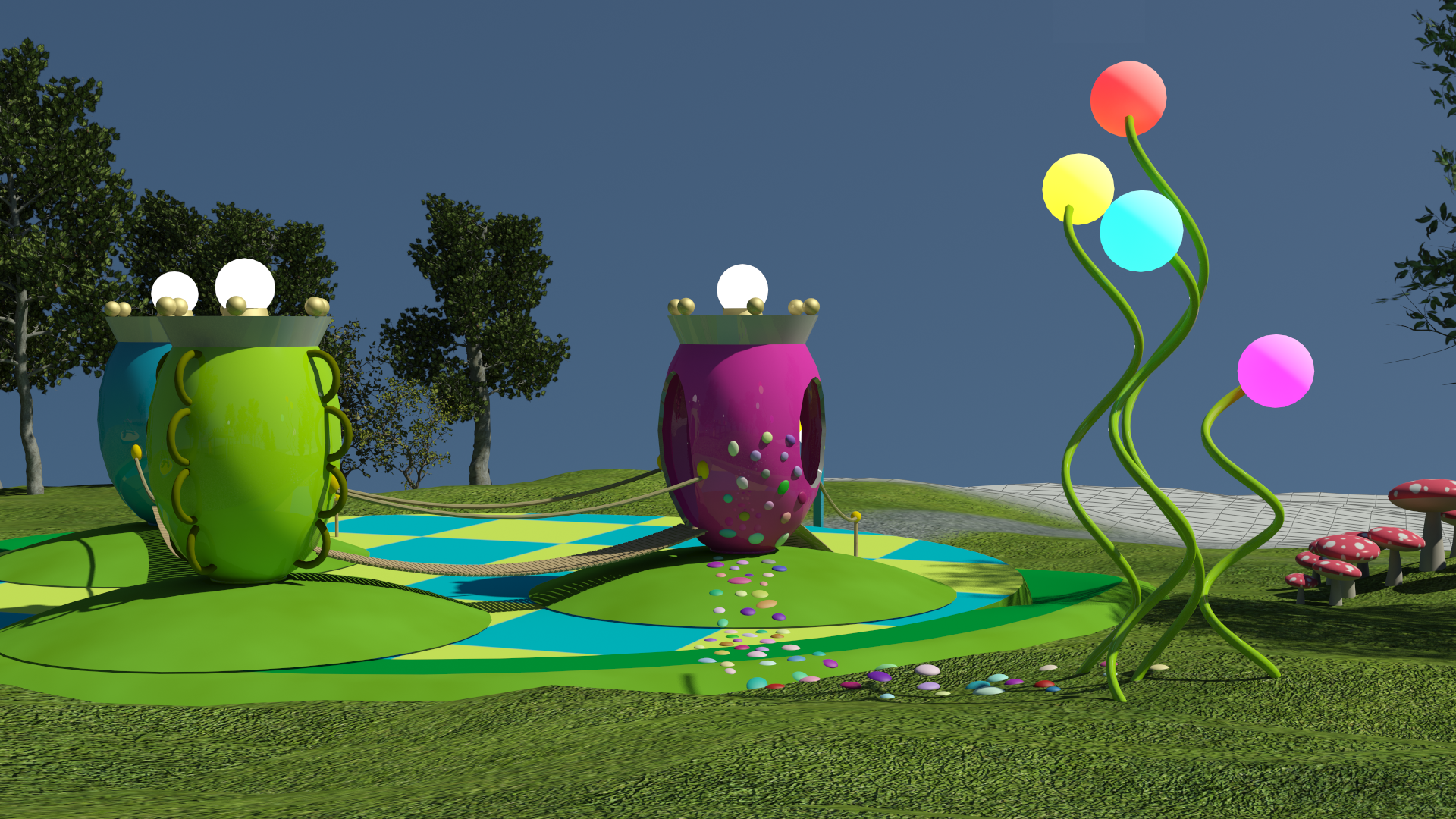

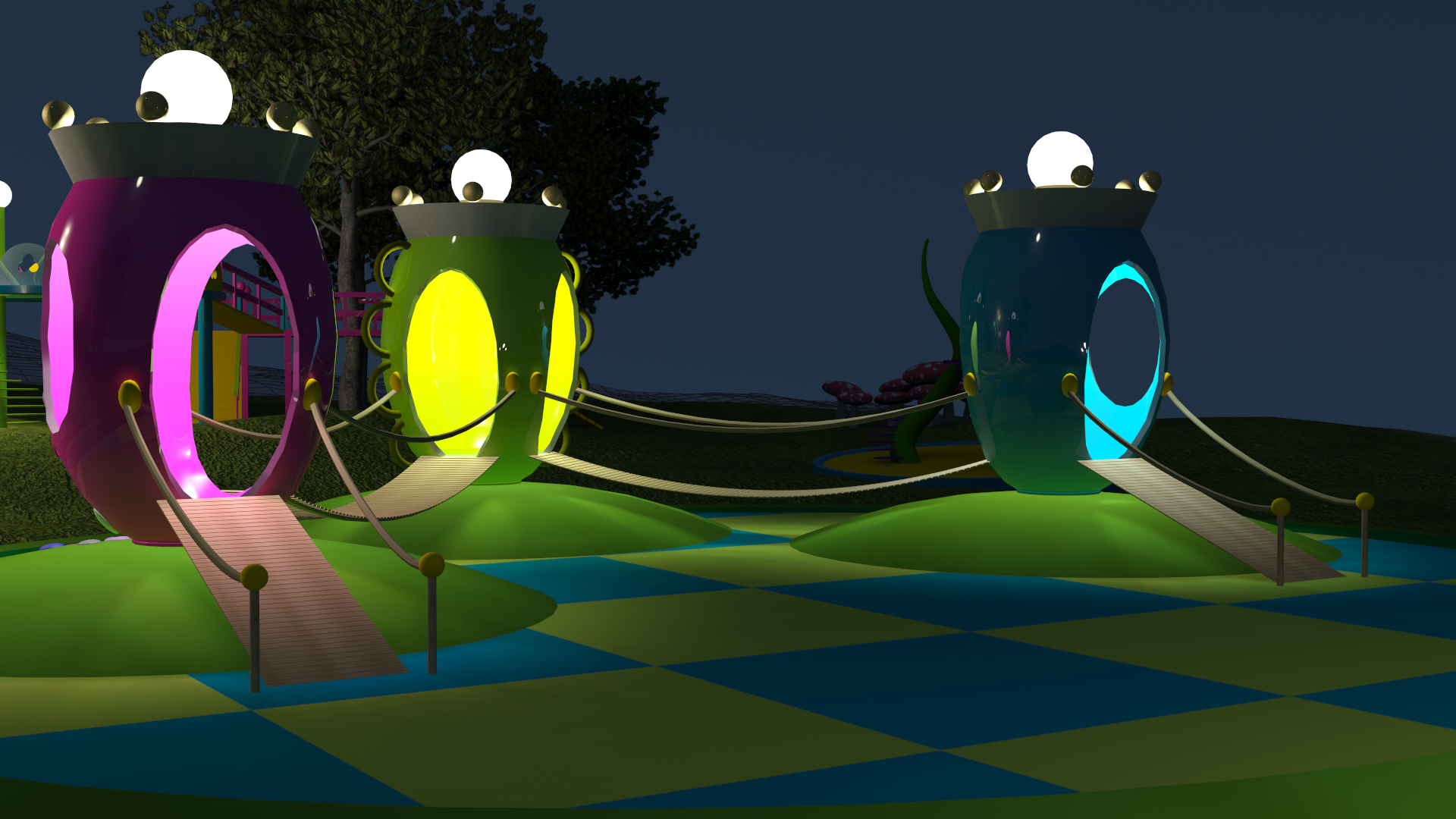
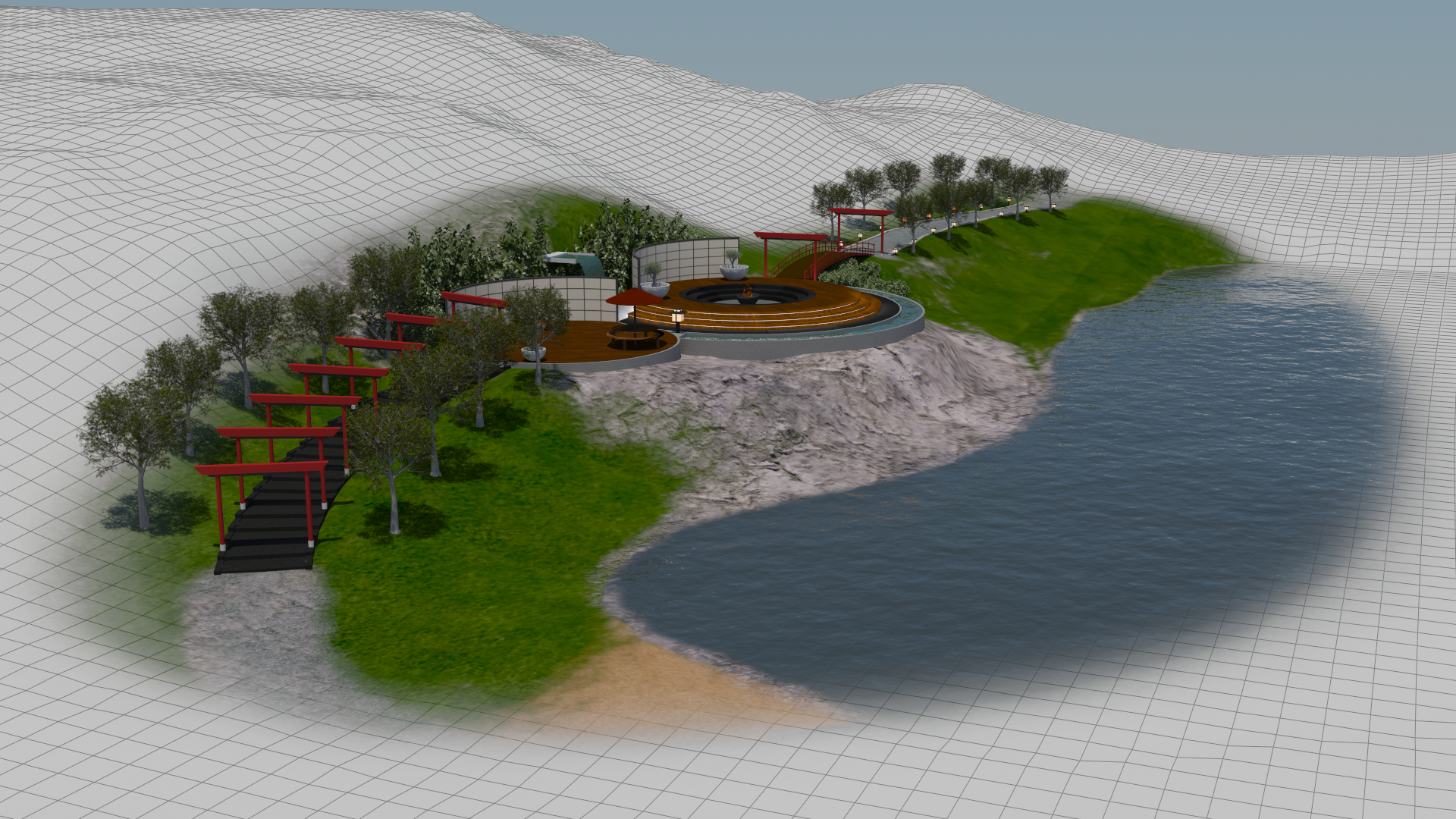
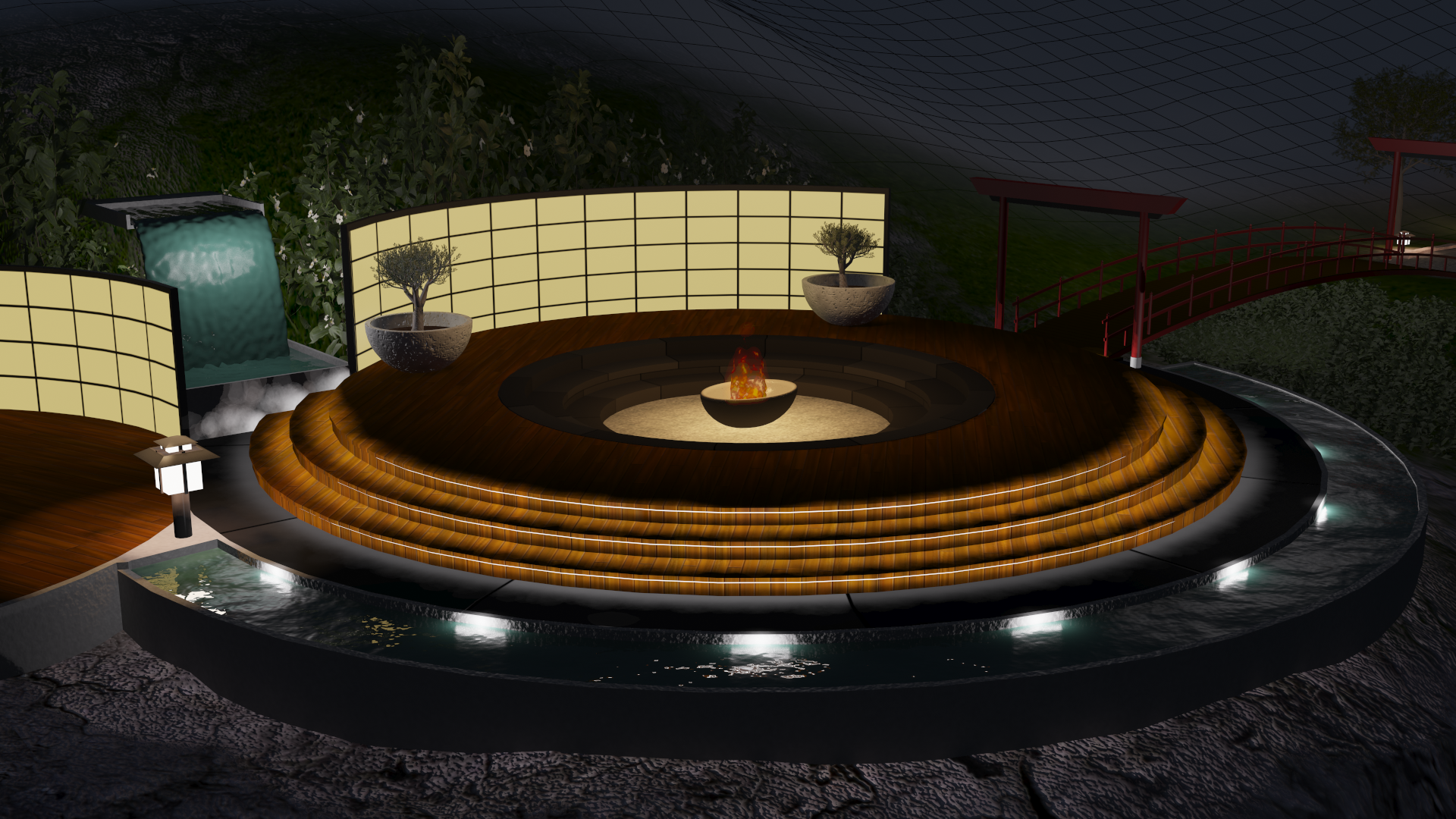
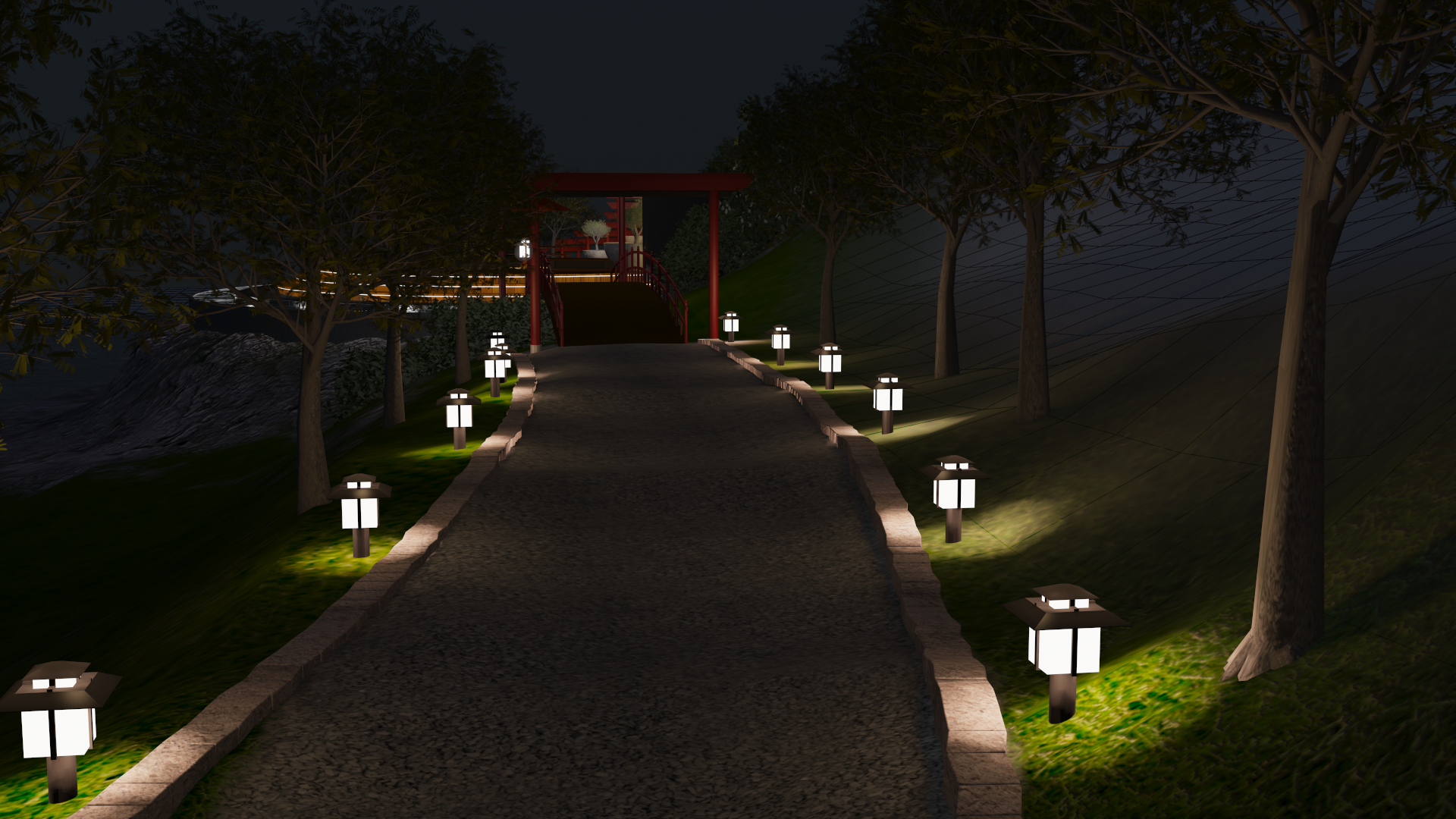
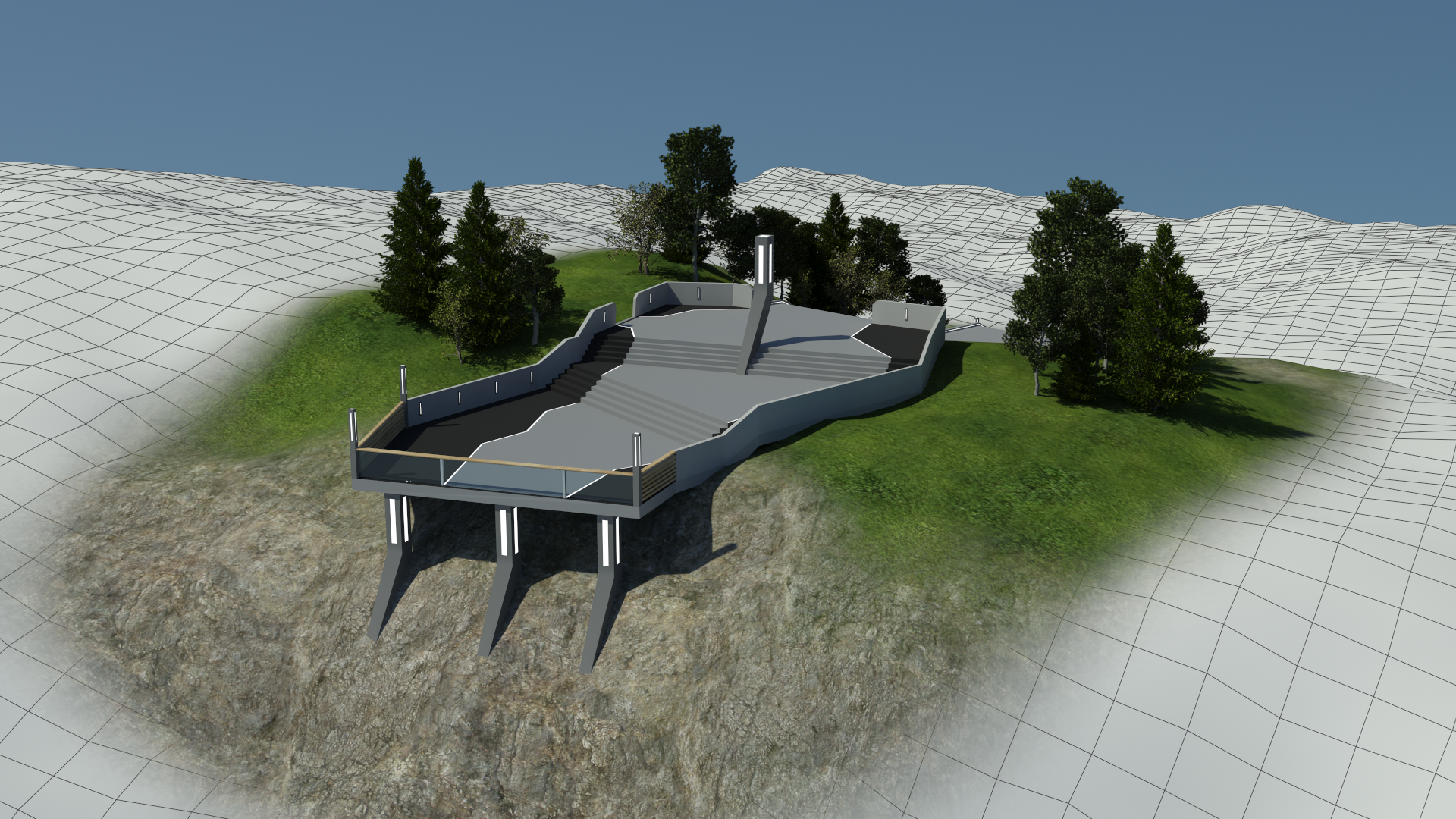

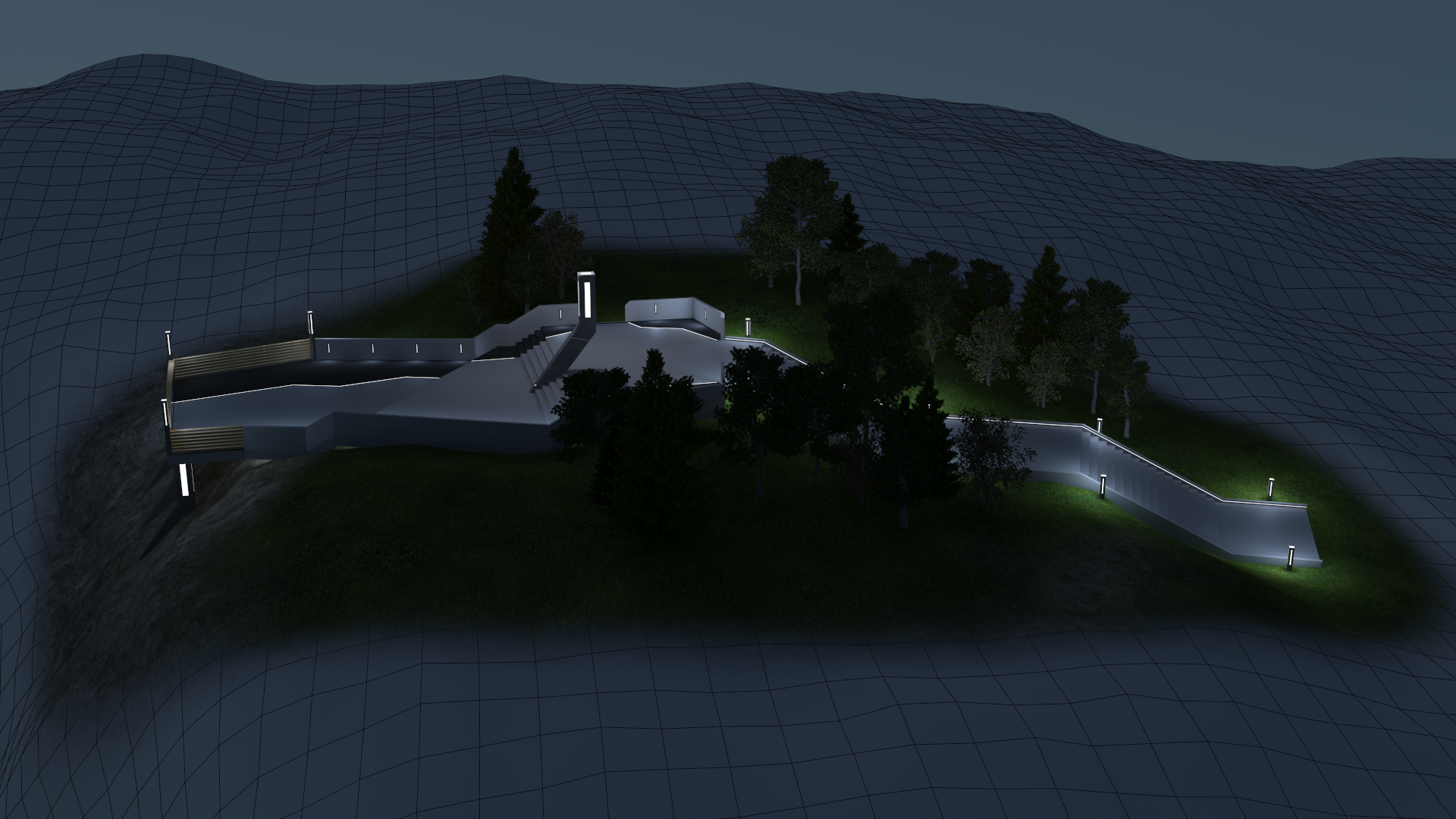
Results
The goal was to increase the user experience of Romsås by creating meeting places that promote safety and interaction. The participatory processes led to a greater sense of ownership, and the project has laid the foundation for further development of the area.
The master plan also focuses on financial, aesthetic, and environmental solutions to ensure sustainability and long-term use. Challenges such as vandalism and the need for universal design have been key in the solutions.
This project has established a foundation for the continued development of Romsås as a vibrant and attractive district.
Ammerud
Background
This project aimed to build a stronger local identity and community spirit in Ammerud. The “Vi her på Ammerud” project focused on involving residents in defining and creating a better living environment. The initiatives have included upgrading common areas, developing social meeting spaces, and fostering a stronger sense of local belonging. The voices of the residents have been central to the process, with the aim of giving them the opportunity to influence their own daily lives and well-being.
Goals:
Strengthen community cohesion and local identity.
Create safe, attractive living environments with high usability.
Increase resident engagement in the development of their own neighborhood.
Task
To shape the “Grete” character and her role, I facilitated a series of workshops in collaboration with Bydel Grorud. The goal was to develop a narrative for “Grete”, define her primary focus areas, and explore various ways she could highlight the area development and showcase the district’s services and initiatives. Together, we mapped out different scenarios to demonstrate how “Grete” could effectively communicate the values and progress of the area development.
The insights gathered from these workshops were instrumental in creating a strategic manual that outlined various conceptual approaches for using “Grete as a spokesperson.
The strategy aimed to enhance engagement, promote local identity, and bring visibility to ongoing projects throughout the area development. The manual extended the overall branding program for the initiative, providing clear guidelines for “Grete's” visual identity and messaging. It was designed to be used both internally and externally, ensuring consistent communication across all platforms where the area development was promoted.
This comprehensive strategy empowered “Grete” to act as a vital link between the area development and the community, strengthening the initiative’s impact through engaging storytelling and visual presence.




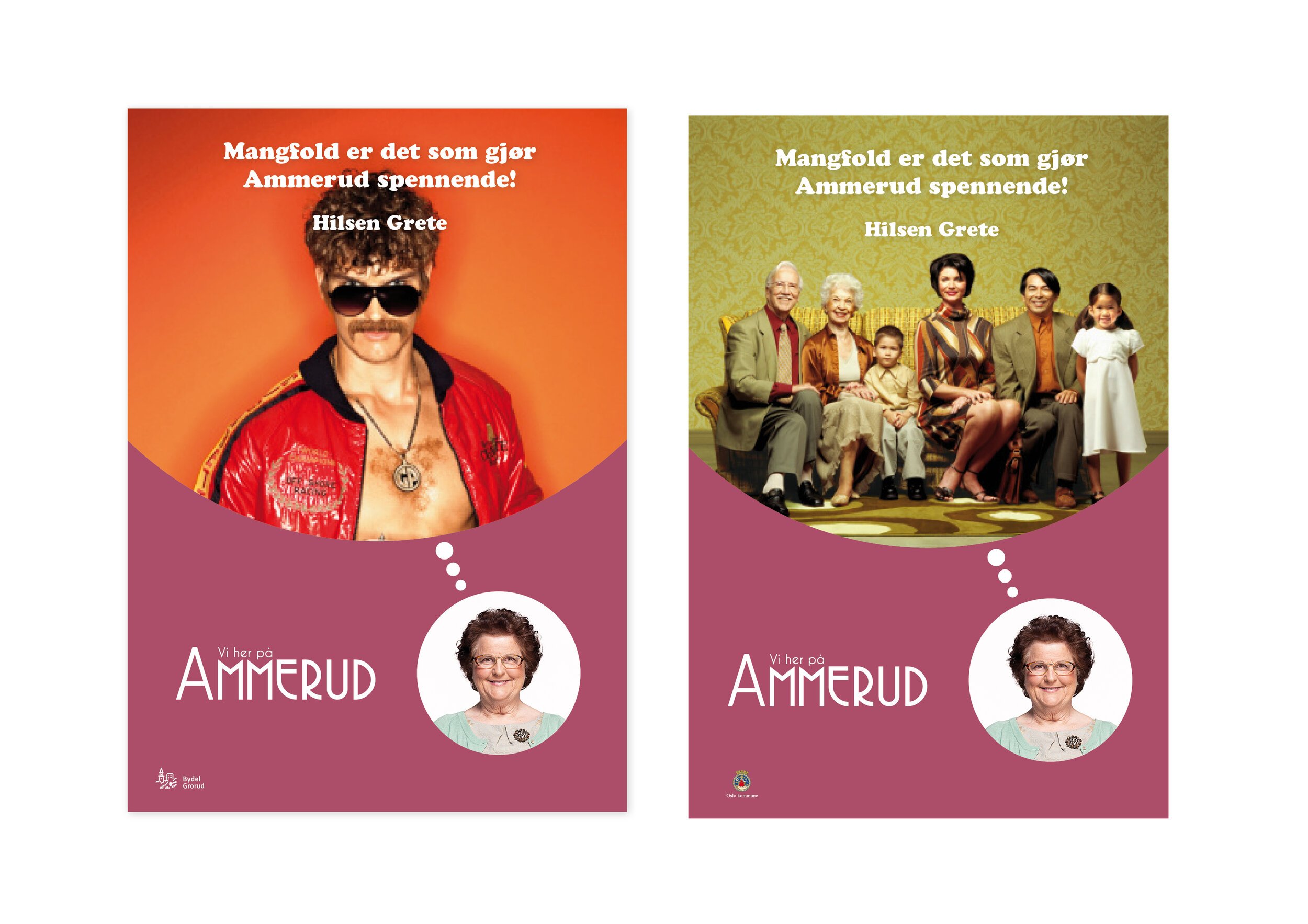
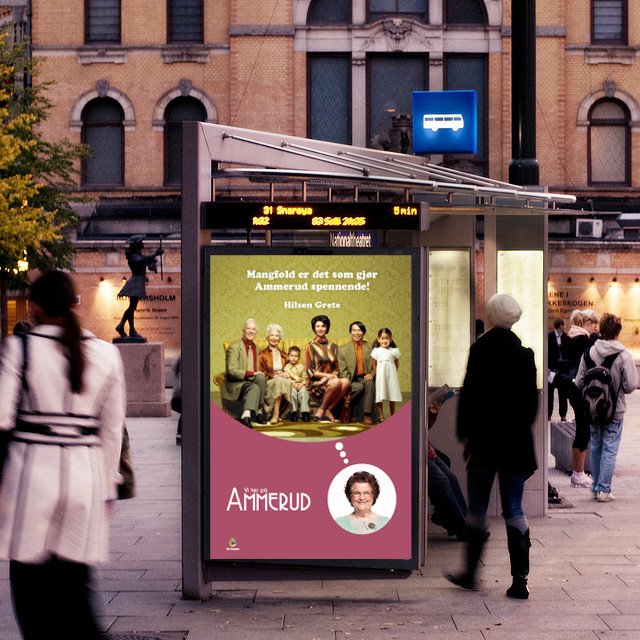
Results
From October 2011 to spring 2012, I conducted the analysis phase while working for Bydel Grorud. In the fall of 2012, I joined PCG Oslo, where I was tasked with finalizing the branding program for “Vi her på Ammerud”. My role involved supporting Bydel Grorud with various initiatives related to goal and strategy development, reputation building, and brand identity—spanning PR, concept development, and design.
The development of the branding program for "Grete" began in late 2012. From the outset, we focused on engaging the district's various service departments to foster a sense of ownership over the branding initiative and the conceptual ideas that emerged. This collaborative approach ensured that the final outcome would be beneficial to a broad range of stakeholders. “Grete”, as a character, was created to personify the area development for Ammerud, serving as a key tool to raise awareness about the initiative and to promote the services and activities offered by Bydel Grorud. As a dedicated project within the Ammerud area development, “Grete” was envisioned to function as a strategic resource for both employees and the local community.

